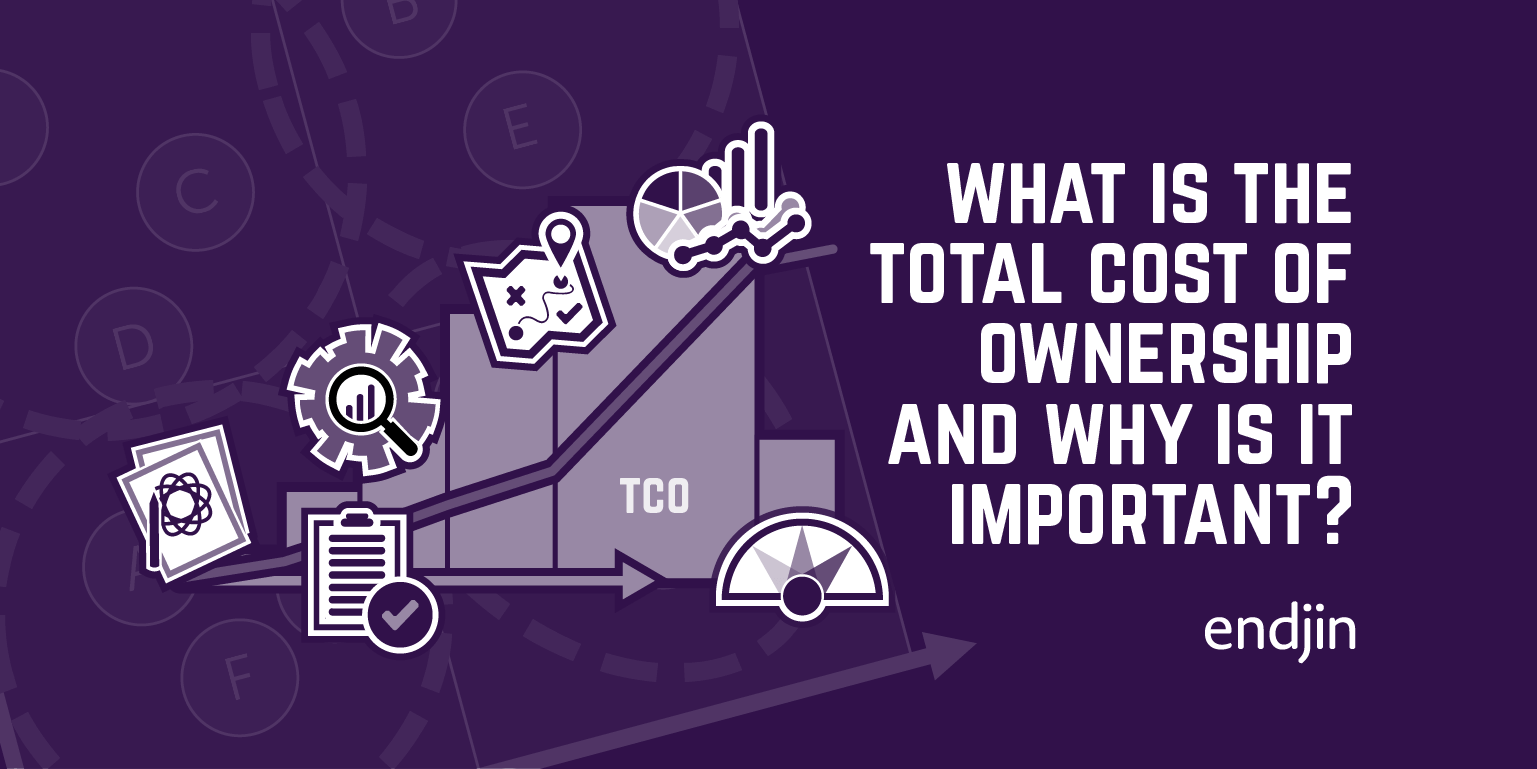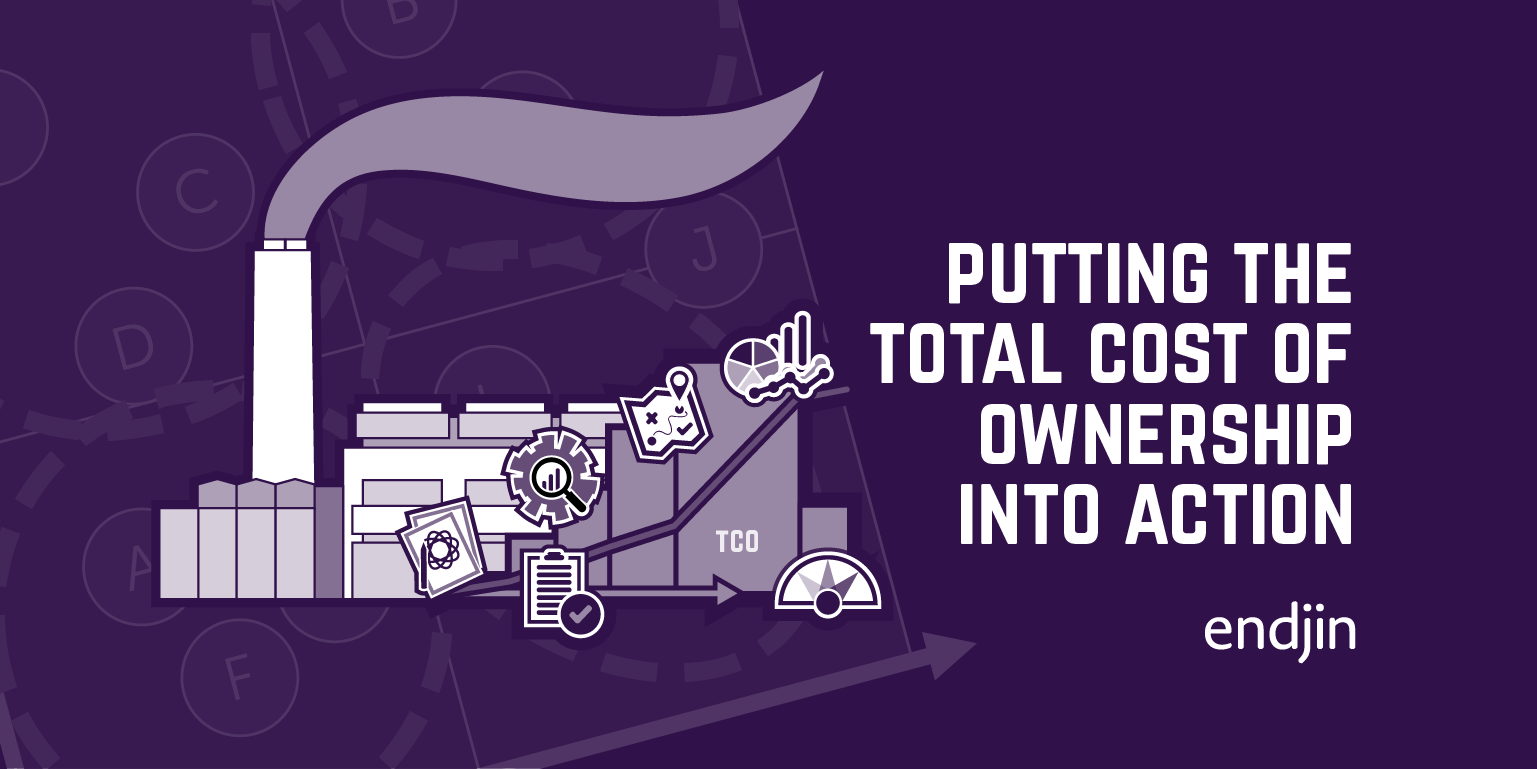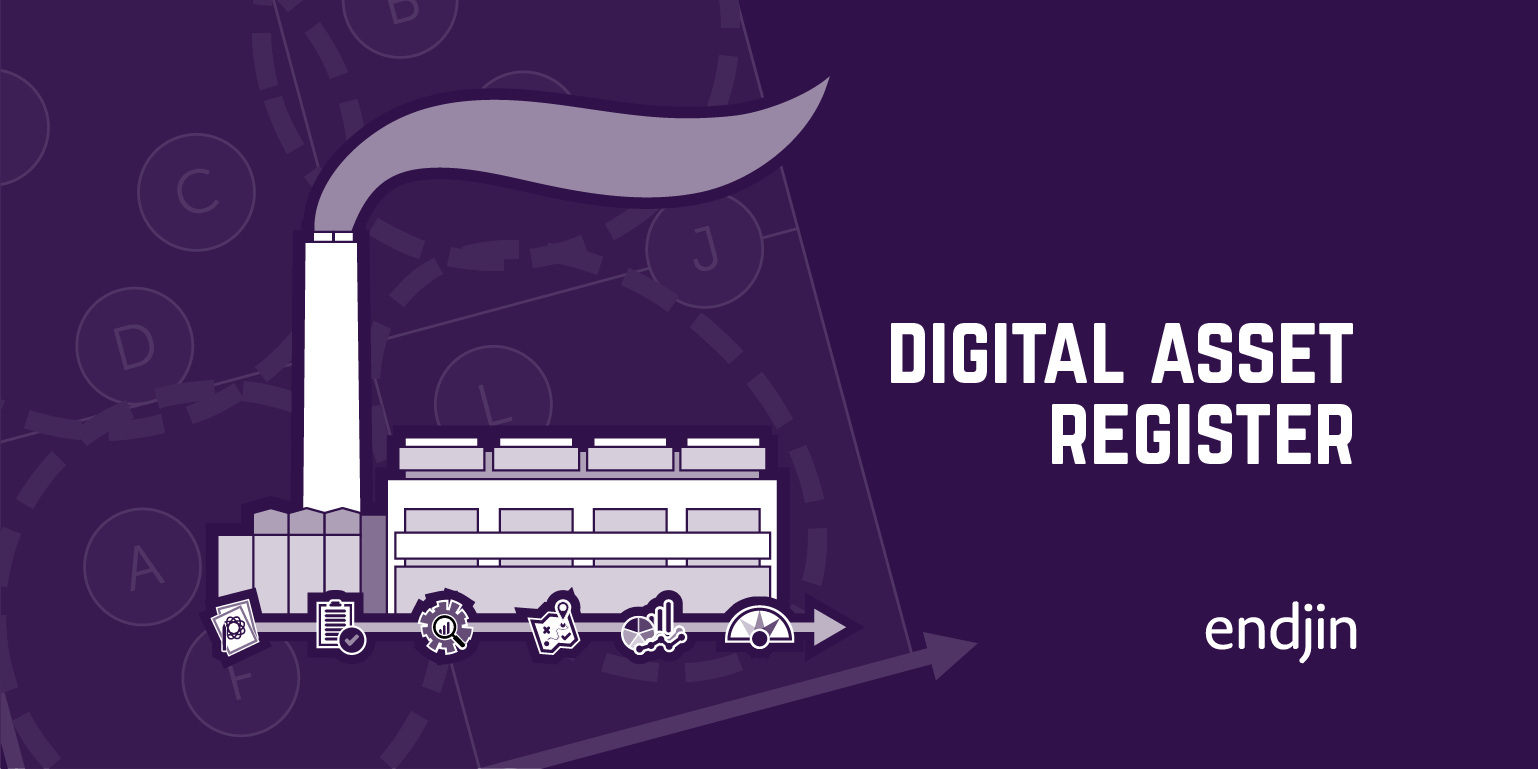How to calculate the total cost of ownership (TCO)
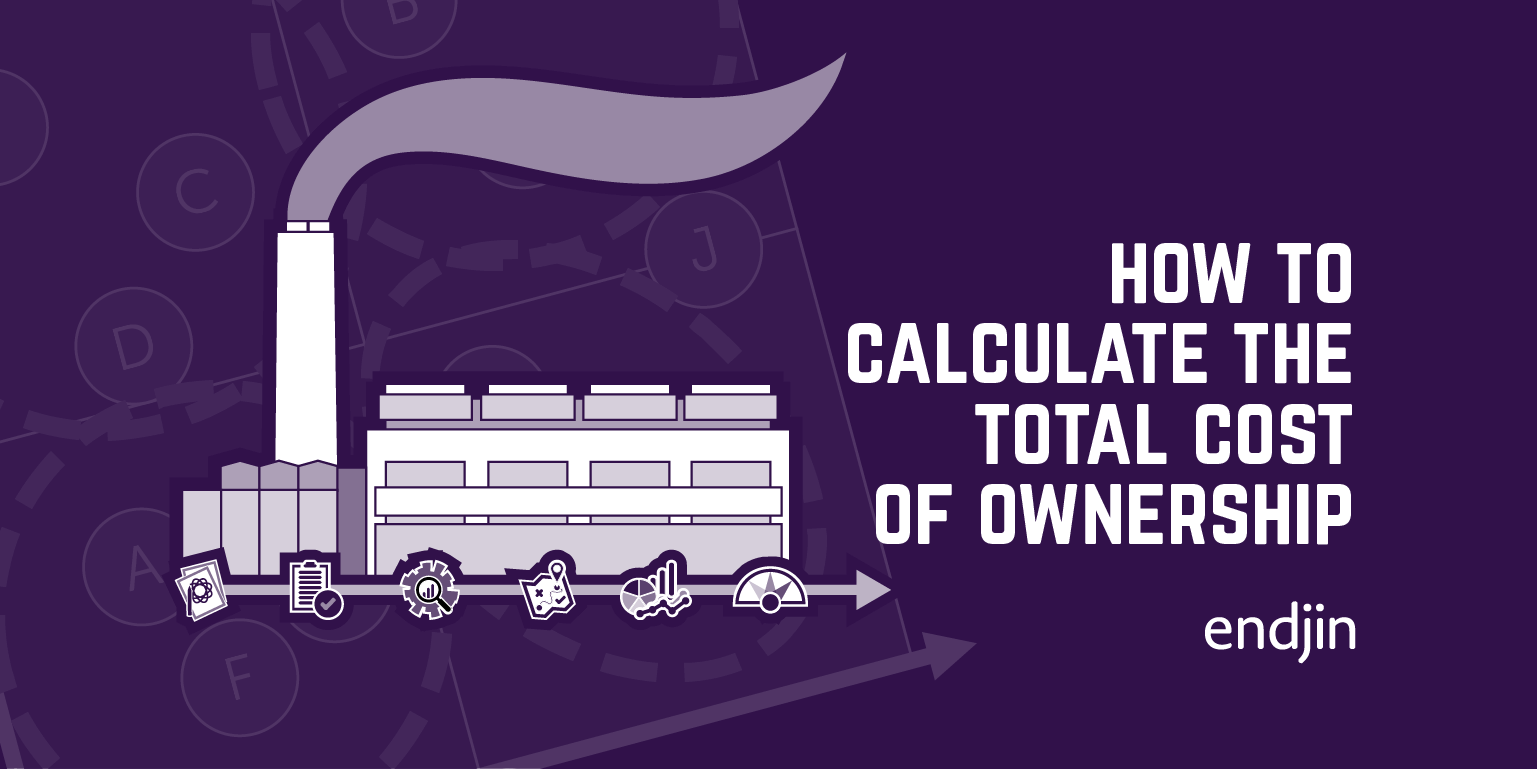
TLDR; in this blog we leverage the term "digital asset" to draw out useful parallels between TCO for technology and TCO for assets in the physical world.
I used to work for ScottishPower, so I tend to imagine physical assets such as Longannet Power Station.
I was lucky enough to be based there for a few years as part of a programme to adopt Process Safety across ScottishPower's generation fleet. It was an amazing experience to digitally transform the organisation, it's also where I gained experience applying the Swiss Cheese Model which was ultimately used as the foundation for endjin's approach to managing cloud adoption risk.
When it was operating, Longannet Power Station was the third largest coal fired power station in Europe, an amazing feat of engineering. It had an operational lifespan span of over 6 decades, ten years longer than it was originally designed to operate.
TCO of a physical asset such as a power station
Here are some of the key stages in the lifetime of Longannet power station. Each of these would have incurred a cost, contributing to the TCO:
- Feasibility - before a commitment was made to build the power station, significant analysis was performed into the feasibility from a financial and environmental perspective. Many options were considered before the final location, choice of technology and scale of the power station was finalised.
- Design - for its time, the station had an innovative design
- Build - construction commenced 1964
- Commissioning - station went operational in stages through 1970 to 1973
- People - a diverse array of people with specialist knowledge and skills are required to operate and maintain a thermal power plant. Graduate engineer programmes and apprenticeships were established to ensure the talent pool was sustained over the full lifetime of the power station. Generations of people went through their whole employment life cycles during the lifetime of the power plant.
- Operations - the control room was staffed with operators 24 hours a day, 7 days a week
- Maintenance - the plant had a dedicated maintenance department who were responsible for both proactive and reactive "break fix" maintenance
- Operating costs - significant costs were incurred in running the station - buying the fuel (coal and gas), paying the salaries of the operations and maintenance staff, purchasing consumables and outsourced services such as security and cleaning
- Investments - over its lifespan significant capital investments were made to upgrade aspects of the plant to enable it operate more efficiently, more reliably and to reduce environmental impact. For example innovations such as flue-gas desulpurisation technology were fitted to the plant to clean up the exhaust gases.
- Incidents - Longannet suffered a number of high profile operational incidents, such as the collapse of the main coal carrying conveyor in 2007 which put the station out of action for weeks. This incident incurred a range of costs including lost revenue, the expense of restoring the power station to operation and the reputational damage.
- External forces - fluctuations in the energy market and changes to energy policy had a significant impact on the operating model of the plant in areas such as health and safety, emissions regulations and generating profile
- Retiral - the station was closed in 2016, largely due to it being displaced by gas and renewable technology that provided a better RoI
- Decommissioning - given the size of the facility, the station continues to be decommissioned today, for example the 180m tall chimney stack was demolished in December 2021
The following diagram summarises the lifetime of Longannet Power Station which spanned 6 decades:
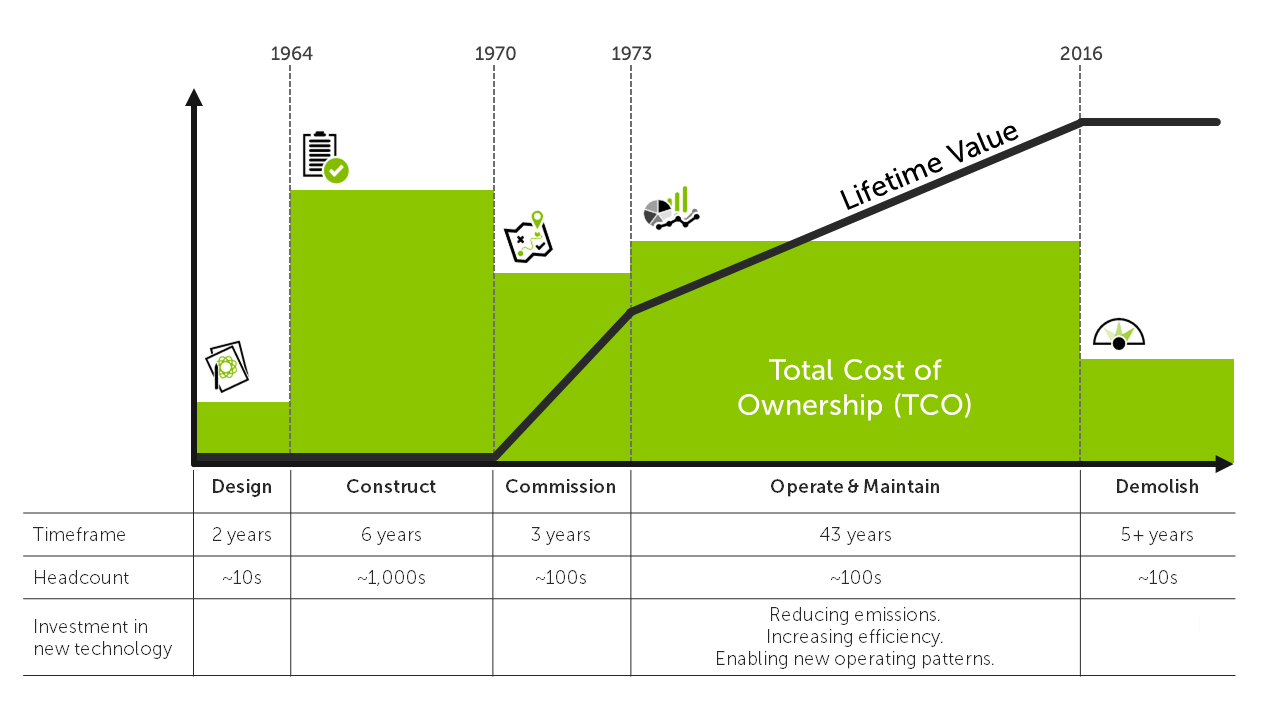
The following video shows the 180 metre tall chimney being demolished:
TCO of a digital asset
It is clear to see the parallels between the power station and digital assets which also have a lifespan measured in years:
- Feasibility - any new technology investment is typically subject to feasibility analysis which may include activities such as market research, a proof of concept and developing a business case
- Design - a requirements gathering and design phase to determine how to address both current and future needs
- Build - the process of being built and tested
- Commissioning - rolling the system out for use within the organisation, often in phases, often requiring coordinated communications and engagement of stakeholders who will use the system
- People - attracting and retaining the specialist knowledge and skills required to operate and maintain the asset. This needs to consider churn, upskilling and retirement of staff over the full lifetime of the asset. Any technology bet ages poorly. What's cutting edge one year, is legacy three years later... in this case digital assets decay much faster than physical ones. This has ramifications for talent. Who wants to work on legacy technology?
- Operations - staff need to be on hand to monitor and operate the asset at both the application level (e.g. data stewards) and infrastructure level (e.g. DevSecOps)
- Maintenance - capacity also needs to be set aside to maintain the asset, such as patching underlying infrastructure or rolling out upgrades
- Operational costs - the cost of the underlying infrastructure required to support the asset. Some are fixed annual costs, others can be proportional to the level of usage made of the asset
- Investments - over the lifetime, significant investments are typically made to commission new features to meet the evolving needs of end users and to take advantage of new innovations that enhance the lifetime value of the asset. Because the power station had such a long life span, these changes could not be anticipated (technology, social, environmental, regulatory), so it required having an approach that's adaptable to known knowns, and known unknowns.
- Incidents - digital assets can also be subject to major incidents such as outages or information security breaches. There may also be direct financial impacts of SLAs that have been breached.
- External forces - new regulations such as GDPR can have a fundamental impact on the lifecycle of the asset. Furthermore in digital, particularly in cloud and SaaS, you may not be the party that can control events and timescales such as a vendor deciding to "end of life" product.
- Retiral - ultimately, decisions are often made to either retire the asset. In many cases it is replaced by a completely new technology or innovation that enables a better RoI
- Decommissioning - the process to decommission a asset can be complex and expensive, for example data may need to archived or migrated

The net result of all of the above is that, like their physical counterparts, "digital assets" are expensive to design, build, operate, maintain, retire and decommission. When you commit to building a new digital asset, you are committing to years / decades of investment. We call this full lifecycle investment the Total Cost of Ownership (TCO).
Despite TCO being a well known principle in technology accounting, most organisations only tend to think about and secure commitment for the current (or "current plus one") budget cycles.
Where the analogy falls down
The power station analogy above is useful, but it does not provide a complete picture when it comes to digital assets. There are some other aspects to digital assets that don't exist with a power station that are likely to incur costs and should therefore be included in the their TCO. These include:
Sales and marketing - sales and marketing costs can be significant if the digital asset is a product that you are taking to market, for example a direct to consumer SaaS web app.
Re-platforming - many digital assets will require spikes of investment throughout their lifetime to re-platform them. Even with cloud based assets, the underlying components and platforms (packages, libraries, APIs, frameworks etc.) that the asset is built upon will go end of life triggering a major upgrade. For example, early adopters of cloud platforms such as Azure are now having to migrate as services launched 10 years ago are now being sunset. Being cloudy is even worse than being on-prem because you no longer control the sunset timeline, this is forced upon you.
User community - another feature of many digital assets is their reach could potentially be thousands of end users. To generate value they require investments in training, online guides and moderating a user community.
Conclusion
Some, such as Dave Vale writing for Computer Weekly, prefer to draw parallels between purchasing a pet and TCO. This does bring some of the wider aspects to life such as making a compulsive decision made with the heart rather than the mind, not realising what you were actually committing to.
However, I prefer the physical asset analogy. The parallels between a major piece of national infrastructure such as a power station and a digital asset are significant and they help us to think holistically about the total cost of ownership.
In the next and final blog in this series, we will explore where TCO can be put into practice to enable data driven decisions.

